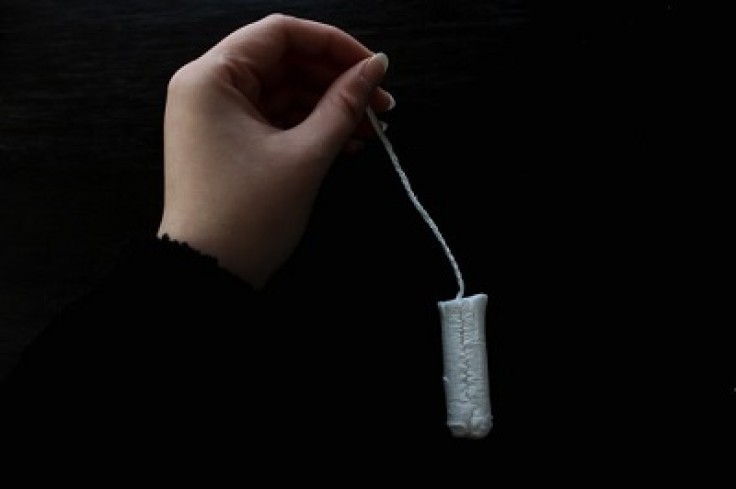Early menstruation is linked to an increased risk of hot flashes and night sweats during menopause. Life-course Approach to reproductive health and Chronic disease Events (InterLACE) international collaboration showed their study results.
Early menarche had a higher risk of VMS
Data proved that girls with an adolescent age range of 11 and below at menarche were at greater risk of having the said vasomotor menopausal symptoms in life. The team also noted that another major risk factor causing hot flashes is the midlife body mass index (BMI).

BMI also causes hot flashes and night sweats
University of Queensland and InterLACE project leader, Gita Mishra, Ph.D., explained the reason. She said that women who started their period young and were overweight or obese during midlife have twice the risk of hot flashes and night sweats. Women who had menarche at age 14 or older, and had normal weight did not experience the same symptoms.
She also said that their findings would help encourage women who had early menstruation to be healthy. It would be a great way to have women engage in health promotion programs to manage their weight in adulthood.
Mishra and her team pooled the analysis of six cohort studies within InterLACE. They want to explore further possible links between age at menarche and chances of vasomotor menopausal symptoms (VMS). They also want to find out if BMI could affect the link between age and VMS.
The studies used were from the Australian Longitudinal Study on Women's Health, the MRC National Survey of Health and Development, and the Healthy Ageing of Women Study. The other three studies included the National Child Development Study, the Seattle Midlife Women's Health Study, and the Study of Women's Health Across the Nation.
They gathered 18,555 women with a median age of 48 from the six studies. The mean age of menarche was 12.8 years, and 19.1 percent started their period at 11 years or below. Twenty-nine percent of them were overweight, and 21 percent were obese.
The team took patient data related to symptom severity data for 4953 patients and VMS frequency for 13,602 patients. Their main target is to find out the occurrence of hot flashes and night sweats. They have the women classify the severity as never, mild, moderate, or severe. On the other hand, they classified frequency as never, rarely, sometimes, or often.

Other factors considered
The team considered different factors that might affect VMS. They adjusted their analyses for BMI, race, birth date, education level, and smoking status. They found that those who had menarche at 11 years or younger reported hot flushes and night sweats than those 14 years old and older.
The former also reported more severe hot flushes and night sweats. Data also showed that women who had early menarche and overweight or obese often had hot flushes and night sweats.
See also:
Childbirth without epidural: Study explains why some women do not need painkillers